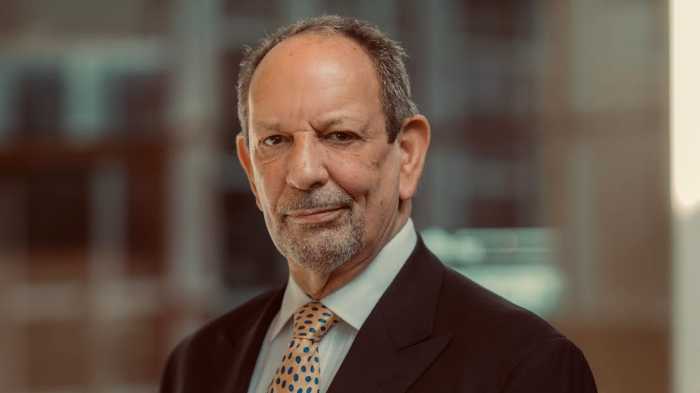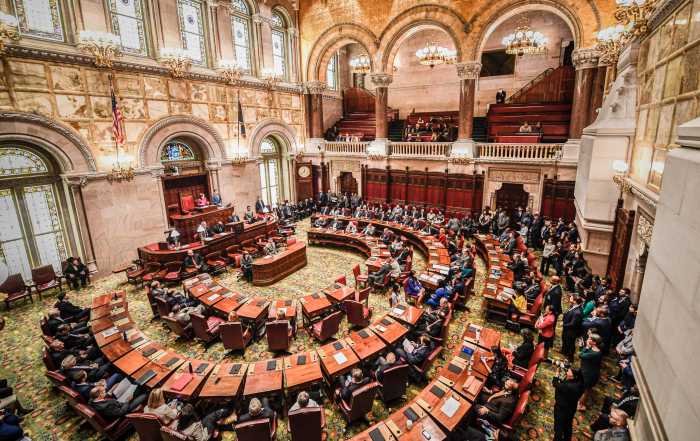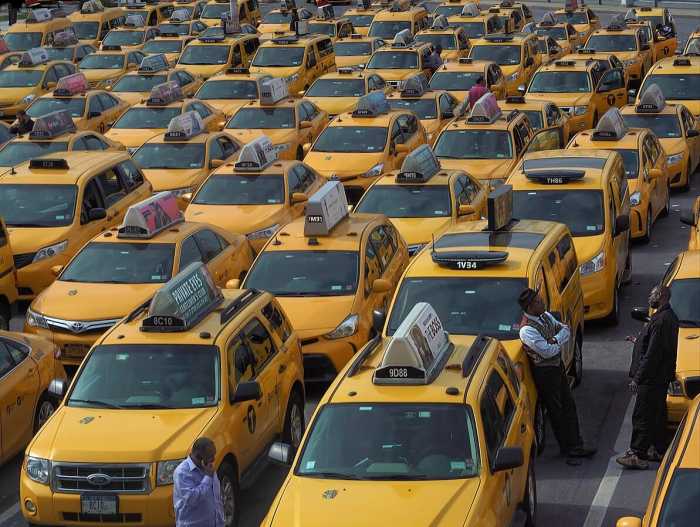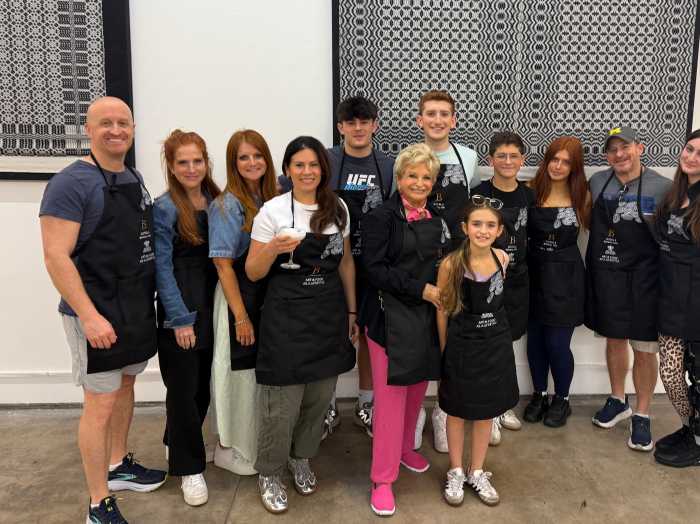What if there were a simple formula for finding housing in New York City? That’s the gag behind a new ad campaign for StreetEasy, a real estate search website.
Do you want to live in Manhattan but only have an English degree? That equals a parental guarantor. Want to live in the West Village with outdoor space and a washer dryer? That means roommates. Loft plus fancy supermarket plus industrial charm plus toxic waste? Gowanus.
As with Manhattan Mini Storage’s celebrated billboards, StreetEasy is hoping that the neighborhood in-jokes will elicit a guffaw or a tweet: #soNY.
But one version got the wrong kind of Twitter reaction.
It starts with a suited man basking in his “hedge fund bonus.” When you take away his college girlfriend, pictured in pajama pants and sobbing in a sorority sweatshirt, what do you get? The Meatpacking district — shown as a decadent rooftop party of high heels, skimpy dresses and well-dressed men.
Real estate as life
The stereotype of the finance bro upgrading his love life after his first monetary windfall struck some subway riders as sexist.
Susan Daimler, StreetEasy’s general manager, says the equation campaign was meant to parody “familiar NYC characters, living scenarios and neighborhood personalities,” and that the purpose of the Meatpacking ad “was never to upset or offend, so the reaction is something that we take very seriously.” Daimler says the company is planning to remove the Meatpacking ad.
But the Meatpacking ad isn’t just bad taste. It hits on something real New Yorkers are worried about: the fact that real estate governs all aspects of their life.
The jokes in the other ads rely on strict real estate stereotypes: The still-gross canal in Gowanus; infestations in the East Village; expensive rents in Manhattan generally. But the Meatpacking ad uses, however crudely, the stereotype of the neighborhood as a destination for the wealthy clubbing set — a bacchanalia by the highway. The ad hints at a city that revolves around neighborhood leisure more than living.
The “formula” for living in the city isn’t so complicated, as long as you can afford it. And for those without disposable income, the options for housing and leisure get limited quickly.
We’re trying to have a neighborhood here
The tension around living in New York affordably is playing out with real consequences in East New York.
The mayor’s East New York rezoning plan was approved by the city planning commission yesterday and goes before the City Council this spring for a final vote. Many community members remain vocally and steadfastly opposed.
Mayor Bill de Blasio argues that this plan, the first of 15 targeting neighborhoods around the city, will create affordable housing and tame gentrification with smarter development. If all goes according to plan, reasonable rents will make for a happier and fairer New York.
East New York residents, along with most community boards that have voted against the mayor’s plans, worry that the most basic facet of their lives would be changed by broad-stroke initiatives.
The prospect of gentrification and a changing neighborhood — slightly taller apartment buildings, more commercial avenues, more density — has provoked more anger than the mayor anticipated. His well-intentioned plans have struck the most lively of NYC nerves.
The equation here is a difficult one to balance — getting developers to come in and build affordable, while maintaining true affordable housing for current residents, in addition to preserving neighborhoods as places of residence rather than amusement parks. But solving the puzzle is necessary arithmetic — the kind of formula that will preserve a New York City for all in the future, not just stereotypes.
This is amExpress, the conversation starter for New Yorkers. Did someone forward you this email? Subscribe at amny.com/amexpress.




































